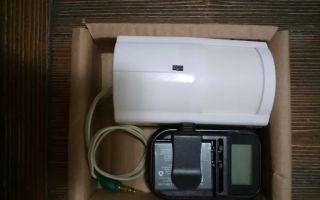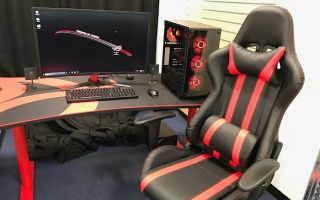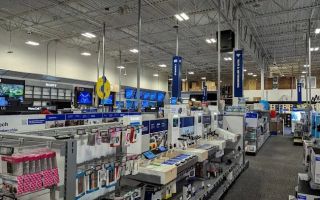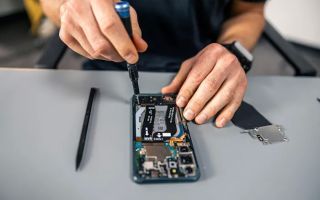How to Use the Samsung Laptop Boot Menu Key for Easy Access to System Options
- 1. Understanding the Boot Menu on Samsung Laptops
- 2. How to Access the Boot Menu on a Samsung Laptop
- 3. Common Boot Menu Options for Samsung Laptops
- 4. Troubleshooting Boot Menu Issues
- 5. Why You Should Use the Samsung Laptop Boot Menu
2. How to Access the Boot Menu on a Samsung Laptop
To access the Samsung laptop boot menu, you’ll need to press the correct key immediately after turning on the laptop. Typically, the boot menu key is F12 on most Samsung laptops. Here's how to do it:
- Shut down your Samsung laptop completely.
- Turn the laptop back on and immediately start pressing the F12 key repeatedly until the boot menu appears on the screen.
- Once the menu is displayed, you can use the arrow keys to select the device or option you want to boot from.
If you press the correct key at the right time, you’ll see a list of available boot devices. If not, the laptop will continue booting to its default drive or operating system.
3. Common Boot Menu Options for Samsung Laptops
The boot menu on Samsung laptops provides several useful options for troubleshooting or performing specific tasks. Here are the most common ones:
- Internal Hard Drive – Boot from the laptop's default storage device where your operating system is installed.
- USB Drive – Boot from a connected USB device, useful for running diagnostic tools or installing a new operating system.
- Network Boot – Boot from a network drive, typically used in enterprise environments or for installing systems over a network.
- UEFI/BIOS Settings – Access the system's BIOS or UEFI settings for further configuration of hardware and boot options.
These options allow you to customize how your laptop starts up, depending on what task you are performing.
4. Troubleshooting Boot Menu Issues
Sometimes, you might encounter issues when trying to access the boot menu on your Samsung laptop. Here are a few common problems and solutions:
- Key Not Working: If the F12 key isn’t working, ensure you are pressing it immediately after powering on the laptop. In some cases, the key might be different, such as Esc or F2, so check your laptop’s manual.
- No Boot Devices Found: If your boot menu shows no available devices, ensure your USB drive or other bootable media is properly connected and functional.
- Boot Menu Doesn’t Appear: If you don't see the boot menu, it could be due to fast startup settings or BIOS configuration issues. Try disabling fast startup in the BIOS or reset the BIOS settings to default.
By following these troubleshooting steps, you should be able to resolve most issues and successfully access your laptop’s boot menu.
Now that you know how to access and use the boot menu on your Samsung laptop, you’ll be better equipped to manage your system and perform necessary troubleshooting tasks. If you’re looking for more tips and tools to optimize your laptop experience, visit Ninja Stik for further insights and product recommendations!




























